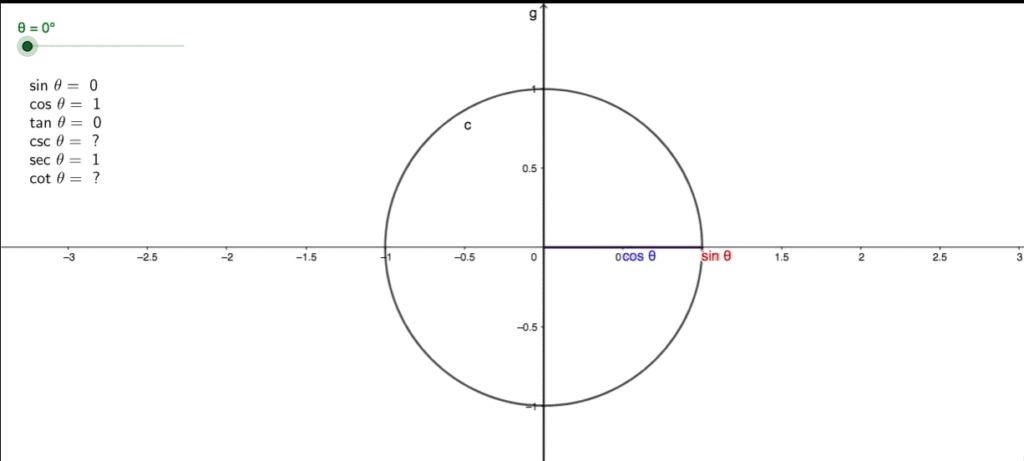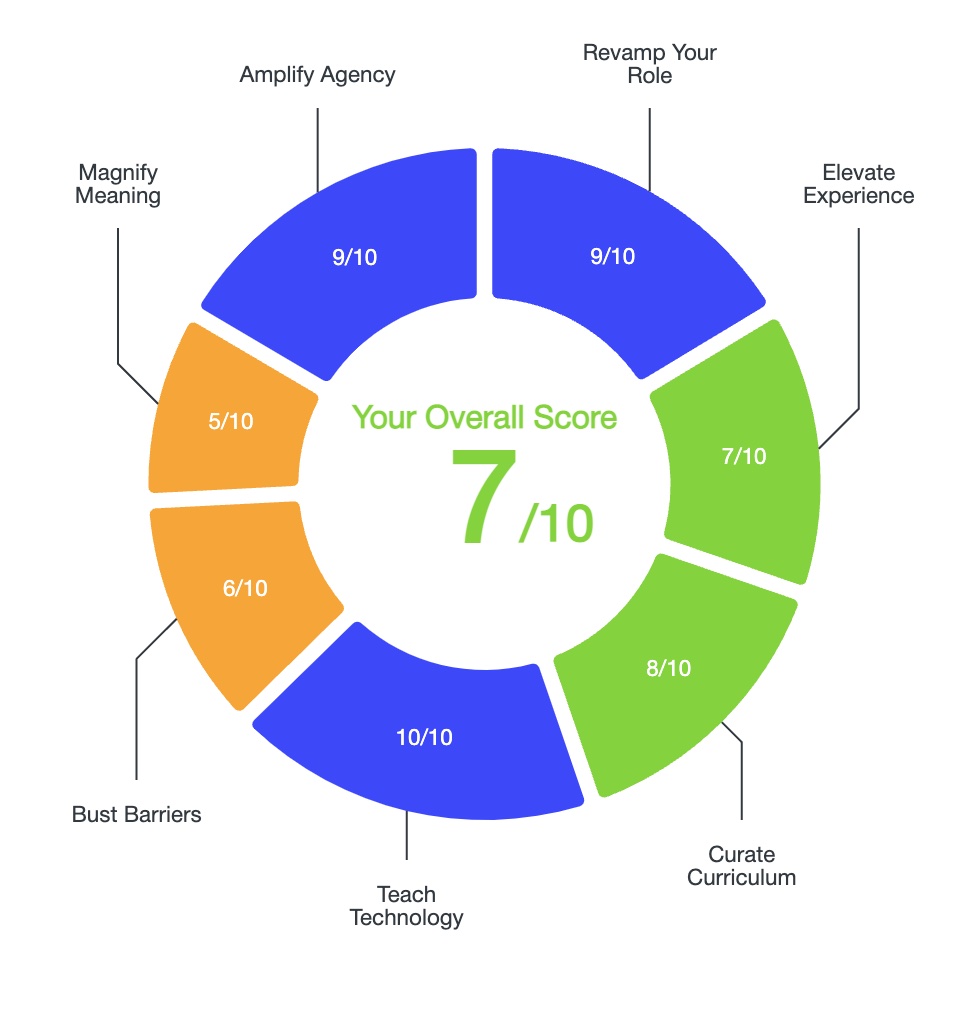*This post contains a link to a video sponsored by Texas Instruments*
One of the hardest things in secondary math classes is to create visual models of the concepts you’re teaching students.
It took a few years for me to discover the ‘growing tree model’ when explaining exponents and why a zero exponent results in 1.
My mind was blown when I came across this gif for the pythagorean theorem:

And I wish this animation was around when I was in high school learning sin, cos, and tan:

When we struggle as educators to help students visualize mathematics, we do our best to explain with numbers, equations, and patterns.
And that’s often when a lot of students begin to check out. It’s hard to stay engaged when you’re confused.
A good place to start in finding visual models is to just Google ‘[insert math concept] gif’. That’s how I found the above animations. You may be surprised by what comes up.
Texas Instruments recently sent me a couple of their new calculators along with a rover you can attach your calculator too. It basically turns your calculator into a little car that you can program.

As I began to explore some of the things you could do in a math or robotics class with these rovers, I came across a lesson that helps students visualize intersections of lines and systems of equations.
Taking two of their rovers, students begin exploring a version of the age old ‘two trains leave a station’ problem…
A self-driving rover delivering Texas Instruments calculators leaves San Antonio at noon. It’s headed north at 2 miles per hour. Another self-driving rover leaves Dallas / Fort Worth at the same time, headed south on the same road going 1.5 miles per hour.
Which town will have a front row seat to the unfortunate collision of our two rovers?
What time can the town expect to see the collision?
This week’s video explores how to use these rovers as a concrete model of intersection of lines and systems of equations.
It allows students to use math to explain a real-world scenario instead of using a real-world scenario to explain math.
Click on the video below to check it out!
Conclusion & Resources
We’re partnering with Texas Instruments to do a huge giveaway of a bunch of these TI-Innovator Rover sets soon!
If you want to be in the loop about those details, sign up for our New EdTech Classroom newsletter.
In the comments below, let me know how you’re working to create visual mathematics in your class!

